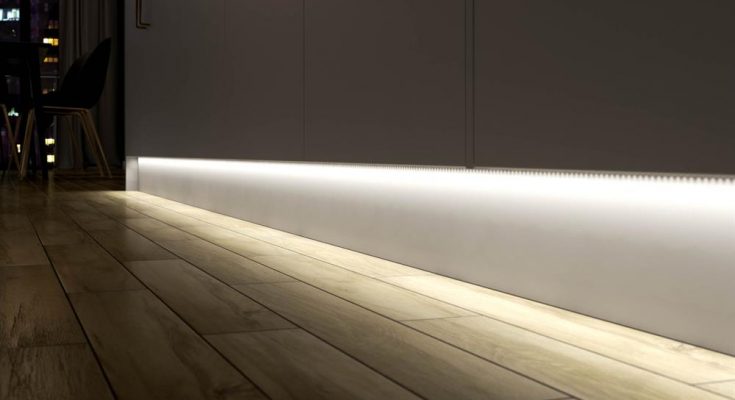Lighting has evolved far beyond bulbs and basic fixtures. Today, LED technology plays a major role in shaping everything from home interiors to commercial signage. Two components that have gained particular attention in recent years are LED strip lights and LED modules. They may serve different purposes, but together, they form the foundation for countless creative and functional lighting solutions.
Before deciding on a supplier, it’s worth understanding what each of these components offers and what to consider when selecting the right ones for your next project.
LED Strip Lights: Where Flexibility Meets Function
LED strip lights are known for their sleek design and ease of installation. Made with a thin, flexible circuit board, they can be bent around corners, cut to custom lengths, and mounted in tight spaces. This makes them a go-to choice for accent lighting, under-cabinet setups, and even architectural highlights.
Aside from aesthetics, strip lights offer practical value too. They’re energy-efficient and available in a wide range of brightness levels and color temperatures. Whether you’re illuminating a retail space or adding ambience to a residential kitchen, their versatility speaks for itself.
But with so many options on the market, sourcing from a dependable led strip lights supplier can make a real difference. It’s not just about getting a functional product it’s about consistency in light quality, accurate color rendering, and long-term durability. Features like IP ratings for water resistance or specialized adhesives for outdoor applications are often overlooked until problems arise. That’s where supplier knowledge and experience come into play.
LED Modules: Power Behind Precision Lighting
Unlike strip lights, LED modules are compact units often used in backlit signage, channel letters, or places where directed and concentrated light is needed. They’re commonly installed behind acrylic panels or inside fabricated signs to create bright, evenly distributed illumination.
The design of an LED module typically includes a lens that controls beam angle, enhancing brightness and ensuring coverage across surfaces. These modules can also vary in voltage, color temperature, and form from single-point nodes to linear chains depending on application.
When assessing led module suppliers, it’s not just the product specifications that matter. Look into the options for customization, compatibility with existing systems, and ease of installation. Some projects demand specific beam spreads or waterproof capabilities, especially in outdoor signage or exposed environments. A reliable supplier should offer modules that meet these conditions without compromising performance.
Quality Assurance: Why It Matters for Long-Term Use
LED components are long-term investments. Whether it’s strip lights or modules, low-quality products can result in color shifts, brightness decay, or complete failure well before their expected lifespan. This is why quality assurance is more than just a checkbox it’s essential.
Certifications such as CE, RoHS, and FCC are strong indicators that products have passed safety and environmental standards. In addition, suppliers that conduct in-house testing for things like thermal management, voltage stability, and waterproofing tend to provide more consistent results across batches.
It’s also worth checking if the supplier provides clear product documentation. Datasheets, installation guides, and compatibility charts can simplify planning and help avoid costly mistakes during implementation.
Making the Right Choice for Your Lighting Project
It’s easy to get overwhelmed by specs, brand claims, or flashy marketing. But selecting the right LED components comes down to practical thinking. Start by identifying what the lighting is meant to do, accent, task, or display lighting and then match it with components built for that purpose.
Strip lights may offer flexible design, but they’re not ideal for every job. Likewise, modules provide targeted brightness but may lack the aesthetic softness needed for home interiors. Think about voltage requirements, space constraints, and environmental exposure before placing an order.
Also, don’t hesitate to ask for product samples or request a technical consultation. A supplier who responds with clarity and support likely reflects a more reliable operation overall.
Conclusion:
LED lighting has opened the door to innovative, efficient design across industries. But successful implementation starts with understanding your options and choosing components that align with your project’s real-world needs.
Whether you’re sourcing from a led strip lights supplier or exploring offerings from led module suppliers, the goal isn’t just to find a product it’s to find the right fit. By focusing on reliability, performance, and customization, you’re far more likely to achieve results that last.




